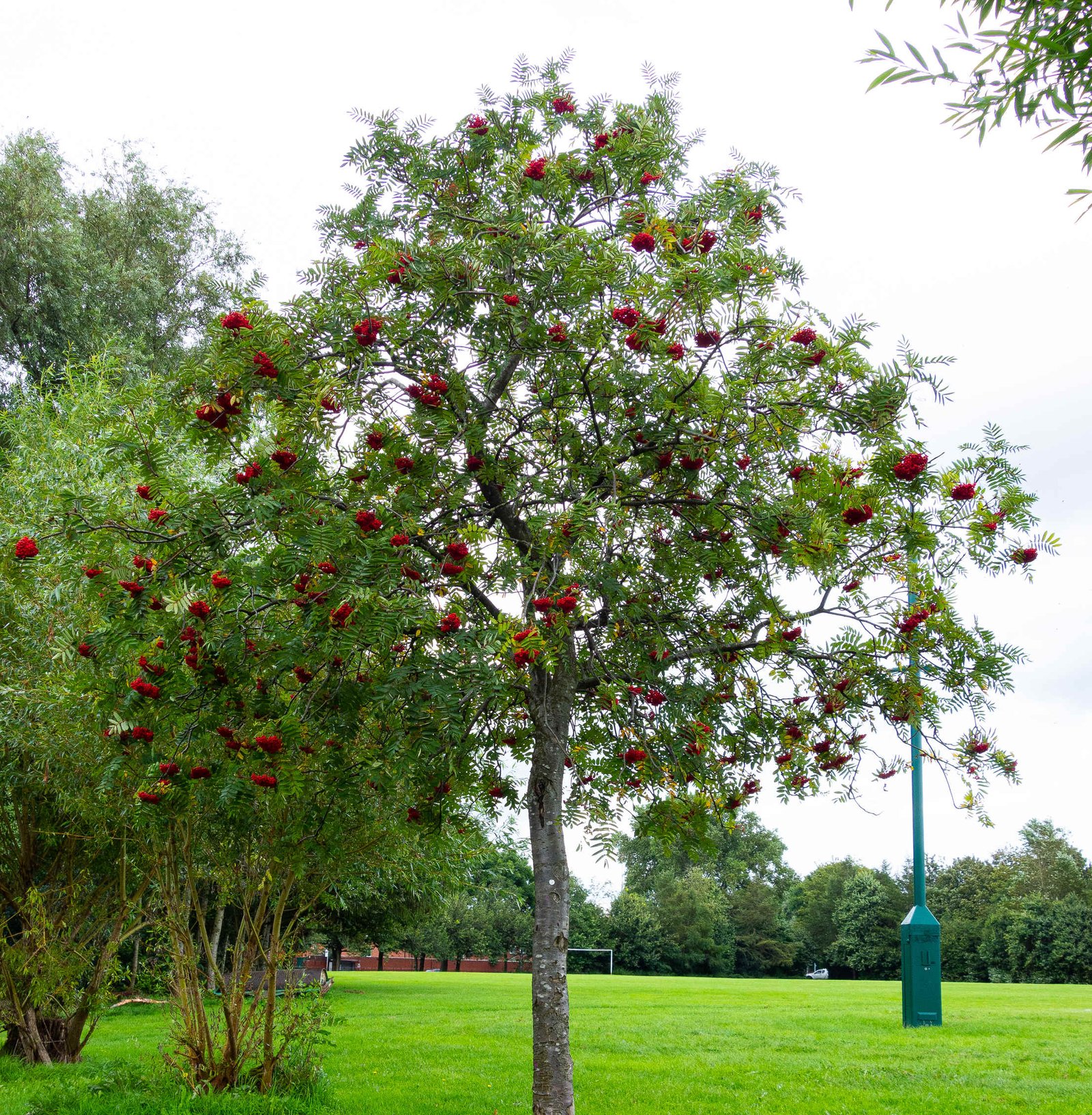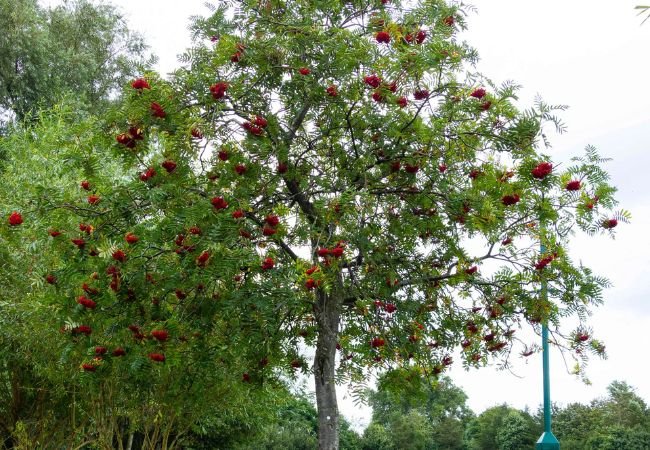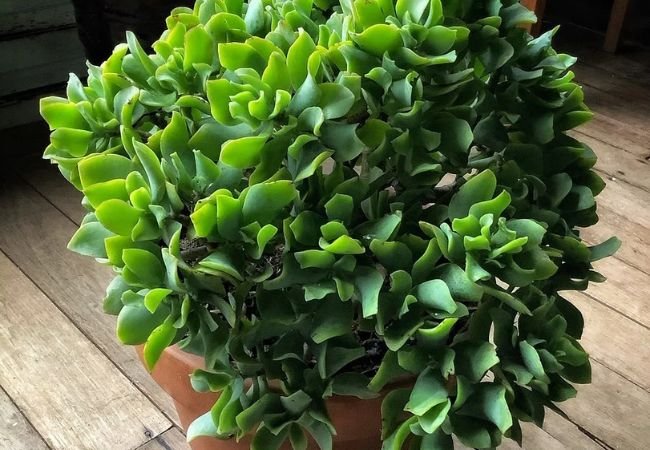Explore the fascinating world of Rowan, a versatile tree with a rich cultural heritage and practical applications. From its medicinal properties to its ornamental appeal, this comprehensive guide delves into the cultivation, care and numerous benefits of incorporating this remarkable species into your outdoor spaces.
Unveiling the Captivating Beauty of Rowan (Sorbus aucuparia)
In the diverse tapestry of nature, certain plants hold a special place, intertwining with human traditions, beliefs and practical uses. The Rowan, scientifically known as Sorbus aucuparia, is one such remarkable species that has captured the imagination of cultures across Europe and beyond. With its striking appearance, medicinal properties and deep-rooted symbolism, this tree has earned a revered status throughout history. In this insightful discussion, we’ll unravel the fascinating world of rowan, exploring its origins, uses, cultivation and the myriad reasons why it deserves a place in our modern landscapes.
Here’s a short chart with information about the Rowan plant (Sorbus aucuparia):
| Aspect | Information |
|---|---|
| Botanical Name | Sorbus aucuparia |
| Common Names | Rowan, Mountain Ash |
| Plant Type | Deciduous tree |
| Zones | 3-7 |
| Exposure | Full sun to partial shade |
| Bloom Time | Spring |
| Height/Spread | 20-40 feet tall, 10-20 feet wide |
Origins and Cultural Significance

The rowan is a deciduous tree native to the cool temperate regions of Europe, parts of Asia and even North America. Its name is derived from the Norse word “run” meaning “charm” or “spell” reflecting the tree’s rich cultural and mythological associations. In Celtic folklore, rowan was believed to possess protective powers against evil spirits and was often planted near homes or used in rituals. Similarly, in Scandinavian traditions, the rowan was revered as a tree of magical properties, symbolizing courage and resilience.
Botanical Description
The rowan is a small to medium-sized tree, typically reaching heights of 15 to 30 feet (4.5 to 9 meters). Its slender trunk is adorned with smooth, gray bark, while the branches form a graceful, rounded canopy. The pinnately compound leaves are composed of toothed leaflets, creating a delicate, feathery appearance. In the spring, clusters of creamy-white flowers bloom, filling the air with a sweet fragrance. As summer transitions to autumn, these blossoms give way to vibrant red berries known as “rowan berries,” providing a stunning visual display and a valuable food source for birds and wildlife.
Medicinal Properties and Traditional Uses
Throughout history, the rowan has been revered for its medicinal properties, particularly in traditional European folk medicine. The bark, leaves and berries have been utilized for various remedies, including treating arthritis, reducing inflammation and supporting cardiovascular health. Additionally, rowan berries have been valued for their high vitamin C content and have been used to make teas, jams and even wines.
Ornamental Appeal and Landscape Applications
Beyond its cultural and medicinal significance, the rowan tree possesses undeniable ornamental appeal, making it a coveted addition to gardens and public spaces. Its graceful form, delicate foliage and vibrant autumn colors create a stunning visual display throughout the seasons. Rowans are often planted as specimen trees, allowing their unique features to take center stage. They can also be incorporated into mixed borders or used as part of a natural hedgerow, providing both aesthetic value and practical functions.
Cultivation and Care
Rowan trees are relatively easy to cultivate and maintain, thriving in well-draining soils and full sun to partial shade conditions. They are hardy and adaptable, tolerating a wide range of climates, including cooler regions. Propagation can be achieved through seed sowing or taking softwood cuttings in early summer. Once established, rowans require minimal maintenance, although occasional pruning may be necessary to maintain their desired shape or remove any dead or damaged branches.
Potential Challenges and Solutions
While generally resilient, rowan trees can face a few challenges. One common issue is the susceptibility to fireblight, a bacterial disease that can affect the tree’s branches and foliage. Proper pruning techniques and maintaining good air circulation can help mitigate the risk of infection. Additionally, rowans may attract pests such as aphids or leaf miners, which can be addressed through organic or targeted pest control methods.
Environmental Benefits and Sustainability
Incorporating rowan trees into our landscapes not only adds beauty and cultural significance but also contributes to environmental sustainability. As a native species in many regions, rowans support local biodiversity by providing food and habitat for various wildlife, including birds and pollinators. Additionally, their deep root systems help prevent soil erosion and improve water absorption, contributing to a healthier ecosystem.
The rowan (Sorbus aucuparia) is a remarkable tree that seamlessly blends cultural heritage, medicinal properties and ornamental beauty. From its symbolic significance in folklore to its practical applications in traditional medicine and landscaping, this versatile species has earned a revered place throughout history. By understanding its origins, characteristics, and cultivation requirements, we can unlock the full potential of the rowan and appreciate its enduring presence in our lives. Whether you’re a gardener seeking to incorporate its beauty into your outdoor spaces, an herbalist exploring its therapeutic qualities or simply a nature enthusiast, the rowan tree is a true testament to the wonders of the natural world and the rich tapestry of human connection with plants.








Leave a Reply